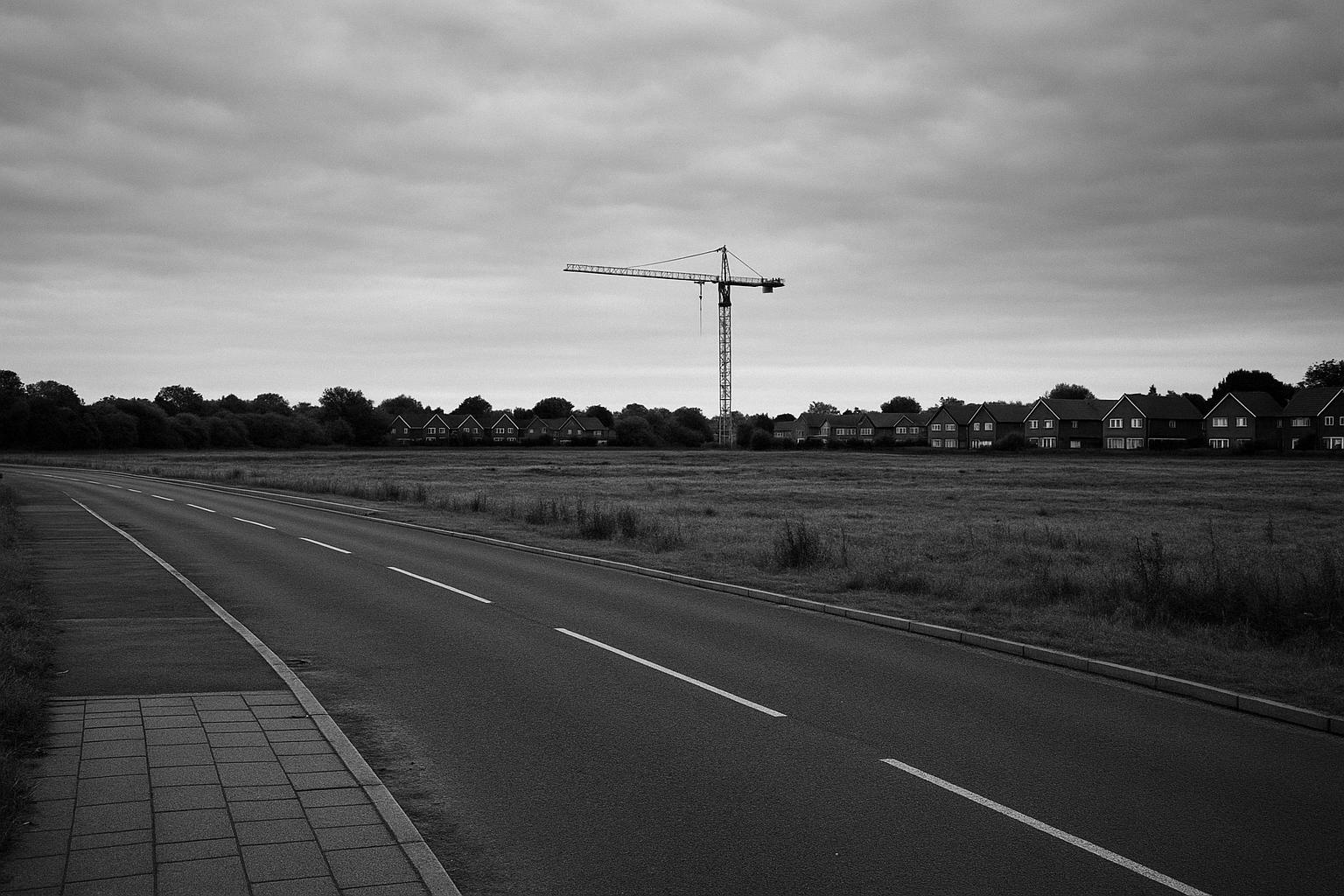Labour has made a firm commitment to address England’s housing shortage by pledging to begin the construction of three new towns before the next general election. This initiative forms a cornerstone of the party’s broader vision to build 1.5 million new homes by 2029, a target aimed at revitalising the economy and tackling the longstanding housing crisis. Housing Secretary Steve Reed is expected to outline these plans in a keynote speech at Labour’s annual party conference, emphasising lessons learned from post-war government-led housing booms.
The New Towns Taskforce has identified 12 potential locations for these new developments, spanning from standalone settlements to expansions of existing towns and urban regeneration projects. The three most promising sites are Tempsford in Bedfordshire, Leeds South Bank, and Crews Hill in north London. Other noteworthy candidate locations include areas in Cheshire, South Gloucestershire, East Devon, Plymouth, and Manchester. Each new town is designed to house at least 10,000 homes, with the collective developments potentially delivering 300,000 homes across England over the coming decades.
Labour’s approach harks back to the post-World War Two era, when Clement Attlee’s government pioneered new towns like Stevenage, Crawley, and Welwyn Garden City to rehouse families displaced by bomb damage. Today's new towns will utilise development corporations akin to those early models, with special planning powers including compulsory land purchase and the ability to grant planning permissions tailored to fast-track construction. The government has also accepted the taskforce’s recommendation that no less than 40% of the homes should be affordable, addressing longstanding issues of housing accessibility.
Alongside housing construction, the plan includes investing in essential infrastructure — GP surgeries, schools, green spaces, libraries, and transport links will be integrated into the new communities. The newly formed New Towns Unit will spearhead both public and private investment, aiming to create sustainable and well-serviced environments. Deputy Labour leader Angela Rayner has underscored the importance of holding developers accountable and ensuring that green spaces and community facilities are integral to the design.
The commitment to begin work on these towns before the election follows announcements made by senior Labour figures over the past year, including Rayner’s pledge on unveiling site selections within the first year of a Labour government. Over 100 potential locations were initially considered, reflecting a broad national focus that includes the overcrowded South East and the Midlands — areas around Nottingham, Stafford, and Northampton have been highlighted as strategic growth zones. Prime Minister Sir Keir Starmer has reiterated the party’s ambition to deliver the largest housebuilding programme since the post-war period, positioning the promise of new towns as a practical solution to the crisis of distant homeownership dreams for many families.
However, challenges remain. The construction industry warns of significant pressures, including rising costs and increased taxation that could impede progress. Government figures released recently reveal that planning approvals for new homes have hit record lows during Labour’s first year in office, suggesting that political promises will demand effective, coordinated action to overcome bureaucratic and economic obstacles.
The announcement arrives amid a turbulent political backdrop, with Labour under scrutiny for its leadership direction and competing pressures from opposition parties such as Reform UK. Starmer has escalated his criticism of rivals, positioning Labour’s housing agenda as part of a broader plan to counter division and decline. The success of this ambitious building programme could be pivotal in defining the party’s electoral appeal.
In sum, Labour’s pledge to build a new generation of towns represents a strategic attempt to learn from historic housing initiatives while responding to contemporary economic and social realities. If realised, these developments have the potential to reshape housing availability in England, but implementation will require navigating financial, environmental, and political complexities.
📌 Reference Map:
- Paragraph 1 – [1], [6]
- Paragraph 2 – [1], [3], [5]
- Paragraph 3 – [1], [3]
- Paragraph 4 – [1], [4]
- Paragraph 5 – [1], [4], [2], [7]
- Paragraph 6 – [1], [3], [5]
- Paragraph 7 – [1], [2], [4]
- Paragraph 8 – [1]
Source: Noah Wire Services
